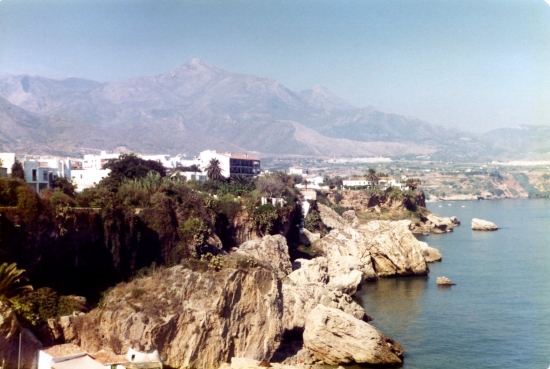The sea reaches it’s warmest during September and as the days get shorter the land slowly cools.
The contrast between land and sea temperatures become much less marked and as September progresses the likelihood of marked afternoon sea breezes diminish.
The days are usually sunny and sultry with the pollution along the coast from traffic fumes often worse than at any other time of the year.
Through the brown haze, though, the sun continues to shine; at least for the first half of the month, but changes are occurring.
As the month heads towards October, cooler, autumnal air filters further south across northern and central Europe.
Eventually, and usually last of all, it reaches southern Spain. Ahead of the cooler, cleaner air, the air becomes increasingly unstable and some violent thunderstorms may break out.
The storms may produce daily totals in excess of 100 millimetres (4 inches) but these totals are very localised.
Naturally, flooding may occur, especially after a summer of baking sunshine that has left the ground like concrete and the drains blocked by the residue of urban life.
Around the end of the month the very humid air, with temperatures 28 to 30 Celsius (82-86F) are replaced by the clearer, drier air to the north of the storms. Temperatures still rise to 25 Celsius (77F) or more, but the lower humidity, and the often brisk northwest wind accompanying the change, are welcomed by locals and tourists alike.
Now comes what is arguably the most pleasant time of the year.


